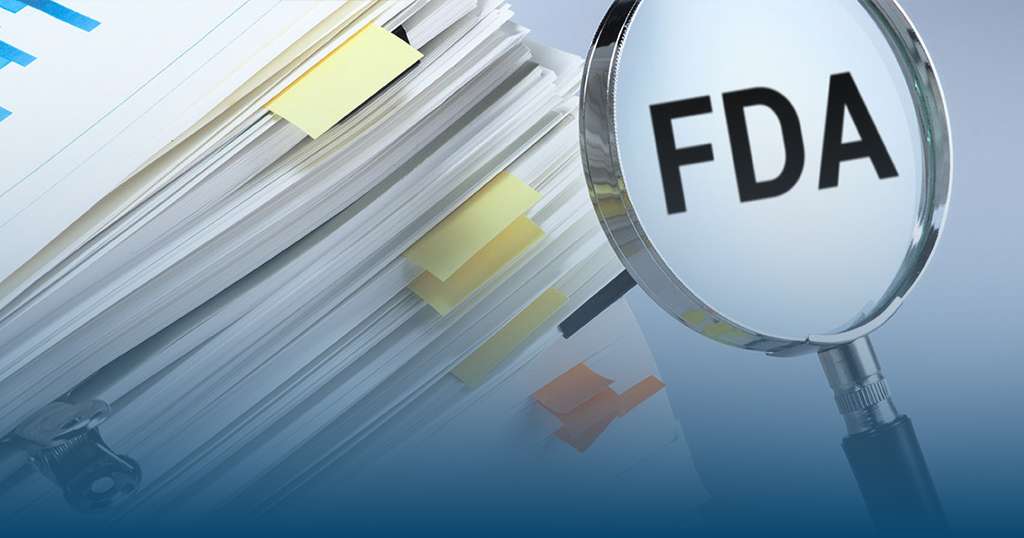
Customer Requirement
An India-based pharmaceutical company engaged in research and development (R&D) and manufacturing, faced critical challenges after an US FDA inspection revealed significant gaps in its pharmacovigilance (PV) compliance. The company required comprehensive support to address issues related to Individual Case Safety Reports (ICSRs) and Periodic Adverse Drug Experience Reports (PADERs) to comply fully with FDA requirements and to remediate findings from the FDA Form 483 inspection letter.
Problem Statement
During the FDA inspection, it was found that the company did not perform adequate literature screening and only processed spontaneous ICSRs for FDA-approved molecules received from the Marketing Authorization Holder (MAH). Serious unlisted expedited case reports were missing, and only PADER submissions were available. Additionally, no Pharmacovigilance system was established to manage safety monitoring or signal detection for 14 molecules since their ANDA approvals. The absence of documented PV procedures and safety signal monitoring created significant compliance gaps and regulatory risks.
Key Objective
To establish and execute a comprehensive pharmacovigilance system for all 14 molecules, including retrospective literature screening, processing and submission of ICSRs (especially serious and unlisted cases), submission of safety reports via FDA’s Safety Reporting Portal (SRP), and preparation of signal reports, all within FDA-mandated timelines.
DDReg Solutions & Processes Adopted
DDReg was entrusted with outsourcing the company’s entire PV activity. The project was executed in multiple phases and included the following:
- Retrospective literature searches to identify missing safety data.
- Processing and submission of serious, unlisted ICSRs to the FDA’s Safety Reporting Portal (SRP).
- Preparation and delivery of signal detection reports in accordance with the client’s SOPs.
- Triage and evaluation of serious and non-serious cases.
- Overcoming challenges related to manual data collection due to SRP limitations and transitioning from PV-Edge (pre-validated internal database) to SRP.
- Managing workflow complexities, communication barriers, and training on FDA regulatory database usage.
- Implementing internal project trackers for real-time progress monitoring.
- Close collaboration with the client to align literature and signal tracking and address discrepancies proactively.
- Working intensively to meet strict FDA deadlines.
Business Impact
Despite multiple hurdles including data limitations and stringent timelines, DDReg successfully delivered all required PV deliverables within the FDA-targeted timeframe. This included submission of missing ICSRs, signal reports, and corrective actions, enabling the client to address the 483 inspection observations effectively and maintain regulatory compliance. The project reinforced the client’s PV system and mitigated risk of future regulatory actions.
Key Learning
Effective remediation of FDA inspection gaps requires a well-coordinated, agile approach combining retrospective data retrieval, adherence to regulatory timelines, and collaborative client engagement. Transitioning to FDA portals like SRP demands dedicated training and process adaptation. Proactive project management and comprehensive PV activities are critical to sustaining regulatory compliance and ensuring patient safety.
Read more case studies from DDReg Experts here: PV System Audit Uncovers Gaps, Boosts Readiness
